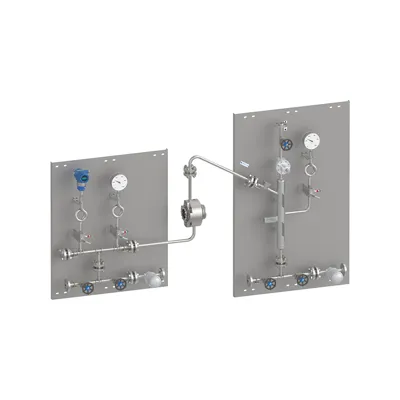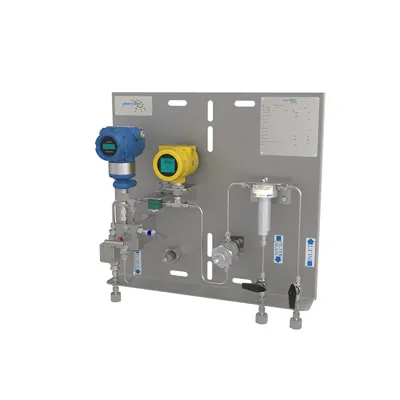Type 2874HTC
Non-contacting, Metal Bellows, Outward Pumping Dual Pressurized Gas Lubricated Seal

Reliably sealing high and low temperature process fluids up to 425°C (800°F), the Type 2874HTC incorporates unique HTC (high-temperature, corrosion-resistant) metal bellows technology with non-contacting gas lubricated technologies.
The Type 2874HTC is a cost-effective alternative to conventional wet contacting seals supported by various piping plans that provide liquid barriers or quenches to the primary seal interface. Instead of using a wet support system, the advantages of non-contacting gas lubricated technology can be used for reliable operation with either nitrogen, argon, or steam barrier significantly reducing your lifecycle costs.

Recommended for You
Features
- California Residents: PROPOSITION 65 WARNING
- API 682 qualified
- HTC provides exceptional seal face stability and robustness at elevated temperatures for increased mean time between repair (MTBR)
- Spiral groove technology for superior operating performance and lower energy consumption
- Pressure balanced design withstands full reverse pressurization
- John Crane edge-welded metal bellows
- Centrifugal advantage: process fluid at the outside diameter of the bellows
- Non-elastomer static secondary seals have high-temperature capability
- Meets API 682 design requirements Type C, Arrangement 3 with dual mating ring design
- Green technology ensures zero fugitive emissions when sealing hazardous fluids
Equipment
- Pumps
- Blowers and other rotating equipment
Parameters
- Temperature Limits
- -100°F to 800°F/-75°C to 425°C
- Pressure Limits
- Vacuum to 230 psi(g)/16 bar(g)
- Speed Limits
- 1450 rpm minimum / 3,600 rpm maximum
Recommended Applications
- Process pumps
- Other rotating equipment

